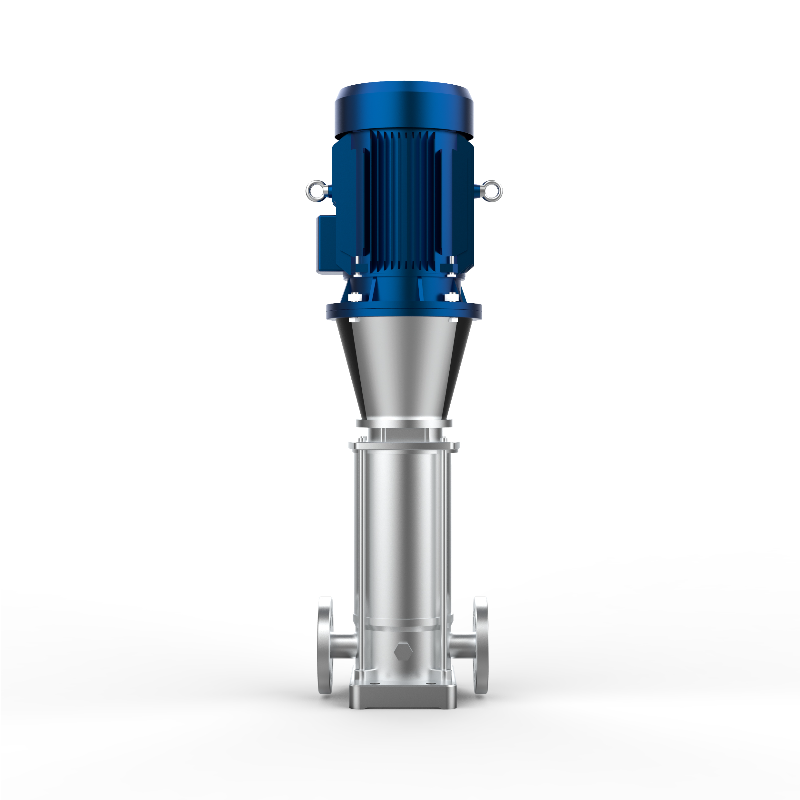
What are the types of water pumps?
There are many types of water pumps. According to different classification criteria (e.g. working principle, application, structure, etc.), the common types of water pumps are as follows:
I. Classification according to working principle
1. Centrifugal pumps
Characteristics: using impeller rotation to generate centrifugal force to transport liquid, large flow rate, moderate head.
Applications: water supply, irrigation, industrial circulation systems (such as IS type, multi-stage centrifugal pumps).
2. Positive displacement pumps
Gear pumps: squeeze the liquid through gear meshing, suitable for high viscosity fluids (such as lubricating oil, fuel oil delivery).
Screw pumps: screw rotor to promote the liquid, low pulsation, suitable for particle-containing media (sewage treatment, oil industry).
Plunger pump / piston pump: high pressure and small flow, used in hydraulic systems, cleaning equipment.
3. Axial flow pump
Characteristics: liquid flows in axial direction, large flow, low head.
Applications: farmland drainage and irrigation, river drainage (such as large pumping stations).
4. Mixed flow pump
Features: between centrifugal pumps and axial pumps, medium flow and head.
Applications: urban flood control, agricultural irrigation.
5. Swirl pump
Features: impeller generates vortex effect, small flow, high head.
Applications: household pressurization, small water supply system.
Classification by use
1. Clean water pumps: conveying clean water (such as IS centrifugal pumps, submersible pumps).
2. Sewage pumps: handling liquids containing impurities and fibers (such as WQ submersible sewage pumps).
3. Chemical pumps: corrosion-resistant materials (such as fluorine plastic pumps, stainless steel pumps) for acid and alkali media.
4. Hot water pumps: high temperature resistant design (such as boiler feed pumps, HVAC circulating pumps).
5. Fire pumps: high head, fast response (such as XBD type fire pump).
6. Deep well pumps: long shaft or multi-stage design for deep well water extraction.
C. Classification according to installation method
1. Submersible pump: motor and pump body are integrated, immersed in liquid work (such as well submersible pumps, sewage submersible pumps).
2. Pipeline pumps: directly installed in the pipeline (such as booster pumps, air conditioning circulating pumps).
3. Vertical pumps: installed vertically to save space (such as vertical multi-stage centrifugal pumps).
4. Horizontal pumps: installed horizontally, easy maintenance (such as horizontal single-stage centrifugal pumps).
Fourth, according to the drive mode classification
1. Electric pump: the most common, single-phase (220V) and three-phase (380V) motor drive.
2. Diesel pumps: no power occasions (such as emergency drainage, mobile irrigation).
3. Solar pump: photovoltaic drive, suitable for remote areas.
V. Special types
1. Magnetic pumps: no seal design, anti-leakage (conveying toxic/flammable media).
2. Self-priming pumps: no need to fill water for the first start (such as agricultural self-priming pumps).
3. Frequency conversion pumps: Adjusting the rotational speed by frequency converter, energy-saving and intelligent (such as constant pressure water supply system).
Select the key parameters of the pump
Flow (m³/h): the amount of water per unit of time.
Head (m): the height at which the pump can lift the liquid.
Power (kW): motor rated power.
Media characteristics: clean water, corrosive liquids, containing particles, etc..
Match the type according to specific needs (e.g. domestic water supply, industrial processes, drainage and flood control) and consider energy efficiency and reliability.

